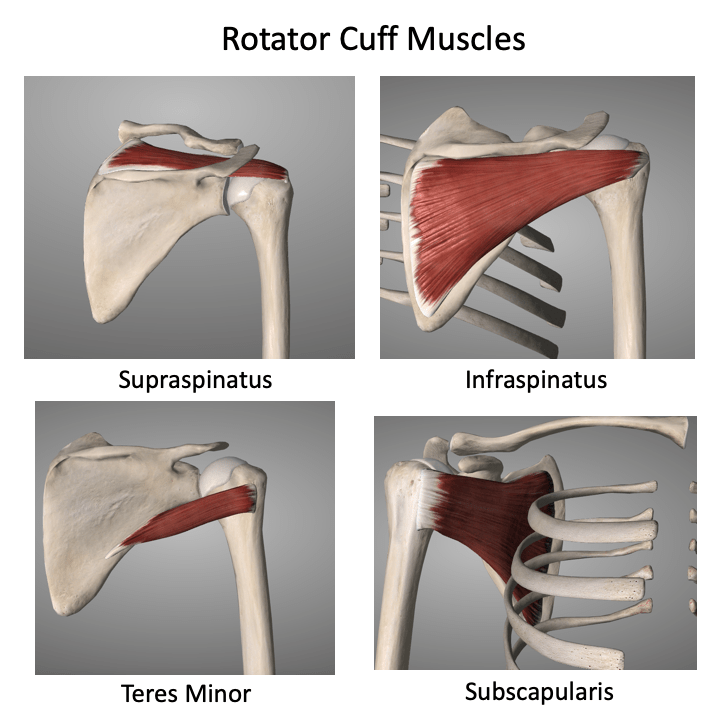The shoulder, with its intricate network of muscles and tendons, is a marvel of mobility and strength. However, it’s also a common site for issues like rotator cuff injuries. Two prevalent conditions in this realm are Rotator Cuff Tear and Rotator Cuff Tendinopathy. In this blog, we’ll unravel the distinctions between these conditions, helping you understand the signs, symptoms, and treatment approaches for each.
Understanding the Rotator Cuff:
Before we delve into the differences, let’s briefly explore the rotator cuff. Comprising four muscles and their tendons—supraspinatus, infraspinatus, teres minor, and subscapularis—the rotator cuff plays a crucial role in stabilizing and mobilizing the shoulder joint.
Rotator Cuff Tendinopathy:
This condition involves damage and degeneration of the rotator cuff tendons, often due to overuse, aging, or repetitive motions. Here’s what sets it apart:
- Symptoms: Individuals with tendinopathy may experience pain, particularly during overhead movements or when lifting objects. The pain is often gradual and may be accompanied by weakness.
- Diagnosis: Physical examination, imaging studies (like ultrasound or MRI), and a detailed patient history help diagnose tendinopathy.
- Treatment: Conservative measures, including rest, physical therapy exercises to strengthen the shoulder, and anti-inflammatory medications, are often effective. In severe cases, corticosteroid injections or, rarely, surgical intervention may be considered.
Rotator Cuff Tear:
A tear, on the other hand, involves a partial or complete rupture of one or more rotator cuff tendons. Here’s what distinguishes it:
- Symptoms: A tear typically presents with sudden, sharp pain, especially during arm movements. Weakness and a noticeable decrease in shoulder function are common.
- Diagnosis: A thorough physical examination, often coupled with imaging studies like MRI, helps confirm the diagnosis.
- Treatment: Treatment options range from conservative measures such as rest, physical therapy, and pain management to more aggressive interventions like surgical repair, depending on the severity of the tear.

Key Differences:
- Onset of Symptoms: Tendinopathy symptoms tend to develop gradually due to degeneration, while a tear often presents with more acute and noticeable symptoms.
- Pain Characteristics: Tendinopathy pain is usually more persistent and may be associated with certain movements, whereas the pain from a tear can be more intense and sudden.
- Treatment Approach: Tendinopathy often responds well to conservative treatments, while a tear may require a more individualized approach, possibly involving surgical intervention.
Distinguishing between Rotator Cuff Tear and Rotator Cuff Tendinopathy is crucial for effective management and recovery. If you’re experiencing shoulder discomfort or suspect an issue, seeking professional evaluation and guidance is the first step toward restoring shoulder health. Remember, early intervention and a tailored treatment plan can make a significant difference in your journey to a pain-free and functional shoulder.

